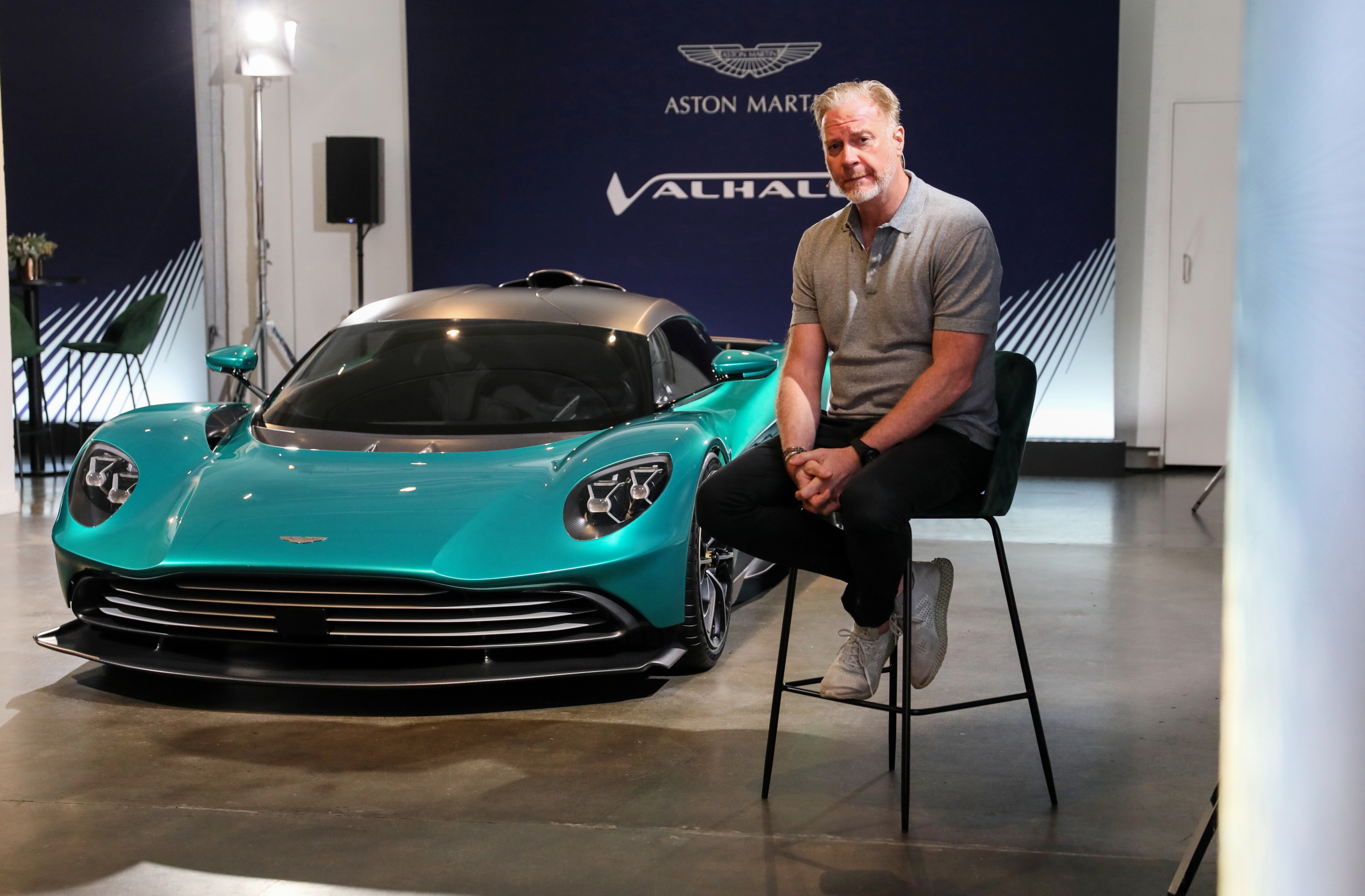When we first walked in, the Valhalla was under a cover and the proportions are unusual. The length to height ratio – it’s not like a usual mid-engined supercar shape is it?
I normally do that as one of my lines – you’ve stolen it! I ask people to look at a car under a cover because then your mind is not influenced by the graphic language, the colour, the proportion of glass to body, the wheels – it’s purely the form. That’s the first thing your brain sees.
That’s how you define beauty – the ‘under the cover’ look. The wheels, the headlamp shape – they suggest technology, but the form is the beauty bit.
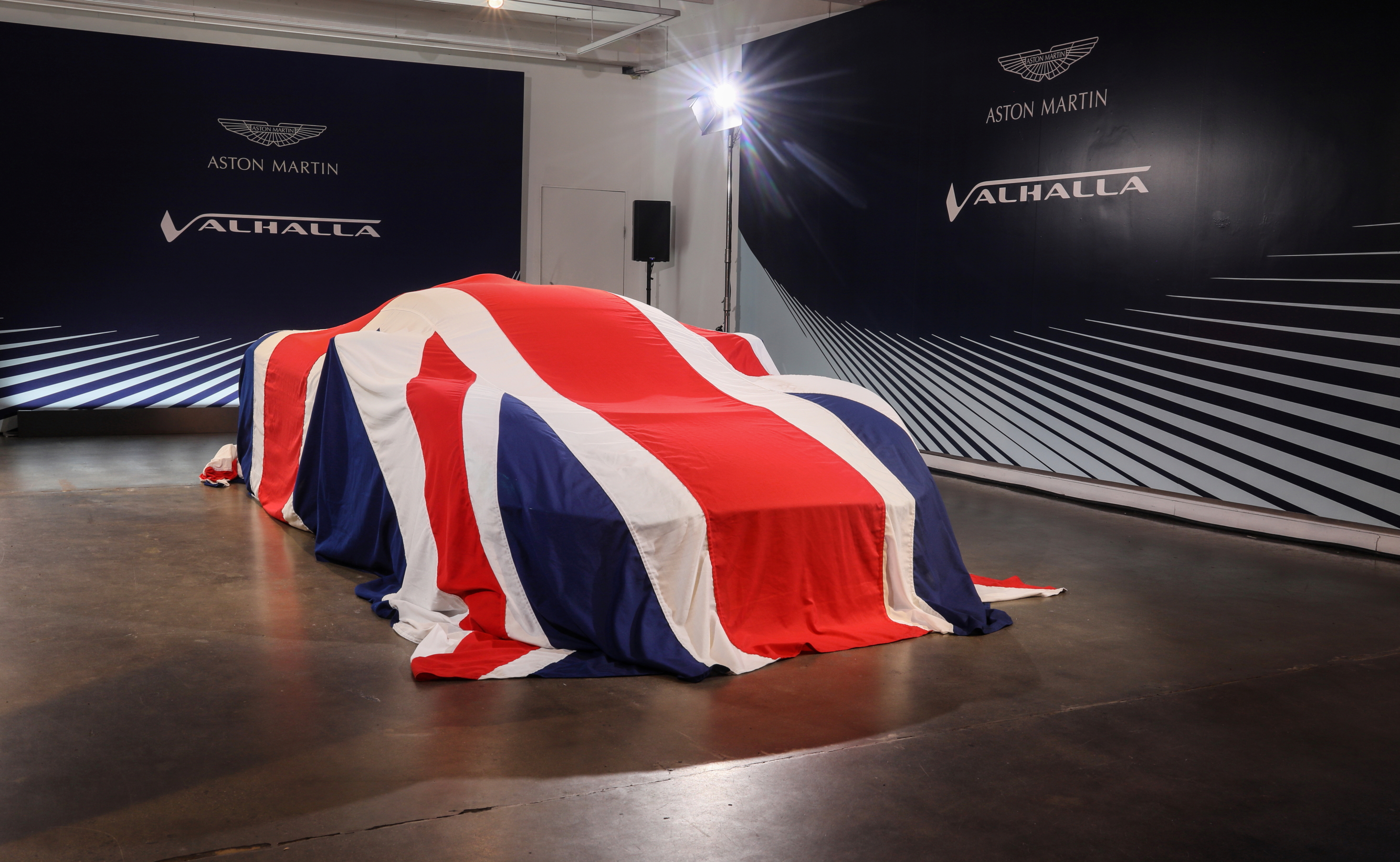
Tell us a bit more about how the Valhalla’s shape developed because this car we see here looks very different to the original show car.
First of all the engine has two more cylinders, which brings a very specific challenge. I would say through the concept car [which appeared at the 2019 Geneva Show] the journey changes.
As it started to develop, you saw from some of the sketches, I wanted it to be more assertive in its language, have more mass, more volume, which is really, really important. It’s part of a journey from concept to production exactly as I would have planned in terms of giving more reality to the production car. It’s now, visually speaking, a more exciting car than the concept.

I’d heard that Adrian Newey was famously hard to pin down on the Valkyrie design freeze. Is there a set design freeze you’re working towards on Valhalla?
Valkyrie’s design freeze was always intended to be where it was because you have a Q3/Q4 [2023] delivery which means that into this region by early ’24. When you define a programme you have an end date to that because you’re investing an amount of money. Now if you keep extending that period, you’re investing more and more money. We can’t do that because we run a business so your design freeze is really, really important.
And it’s not just based on investment. It’s also based on legislation because each year the legislation will change, so the ADAS systems, the emission on the engine all have a start and an end date so you have to comply with that, because you may well then be investing in a product that you can’t sell because you’ve missed one of those dates.
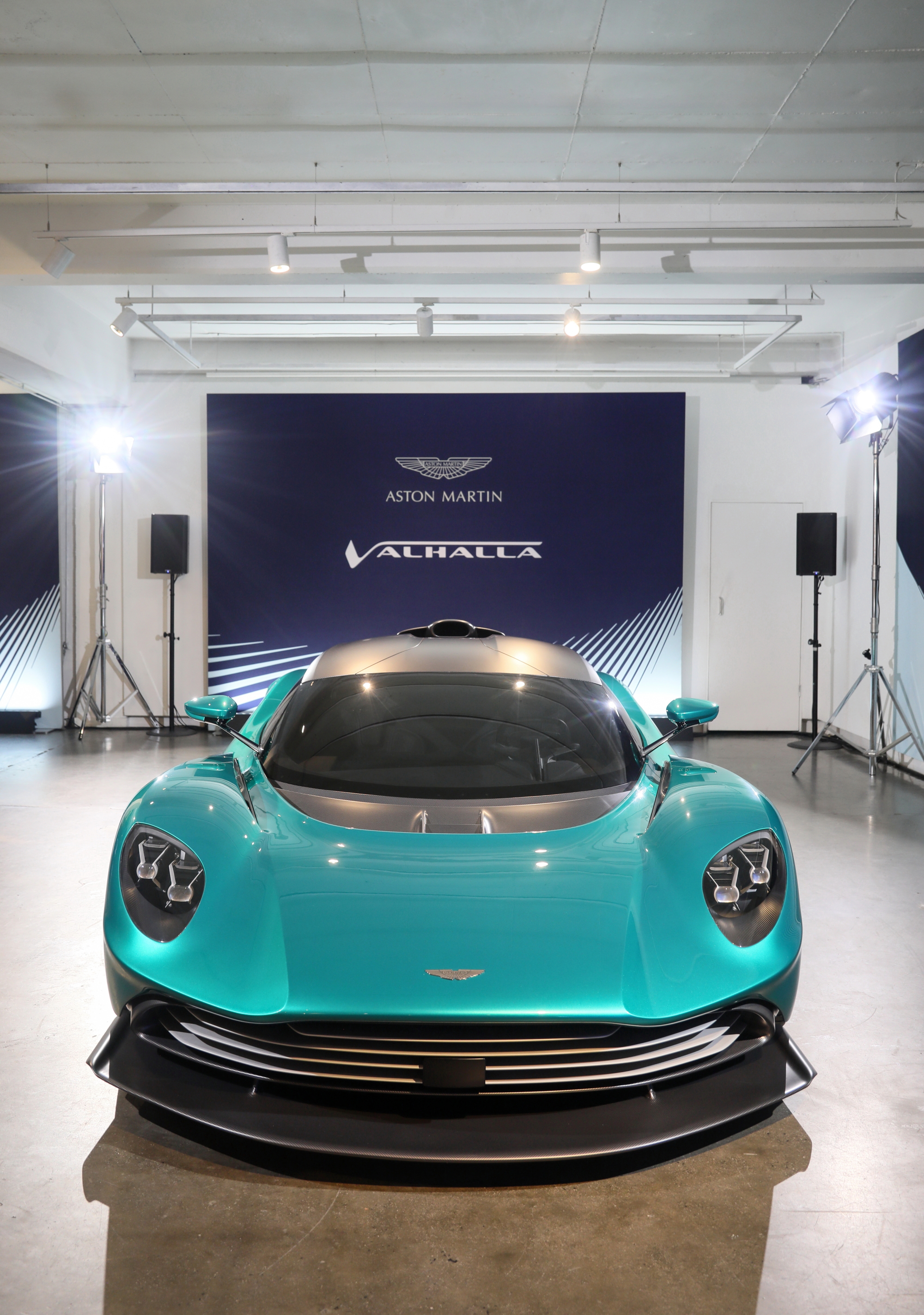
So this is end of Q3 ’23 and it’s on track.That’s the first time people will see the inside and some of the exterior development, which is not so much the overall form but some of the additional items that the aero team wants to develop. You’ll see the interior in August of this year, so you’ll have an inside/outside view.
What will change in the interim?
The shape of the front wing will develop. It may have to go up a little bit in the centre. The grille form won’t change particularly. The side scoops down the sides – the dark carbon line that goes in – that has to come out to take more air in.
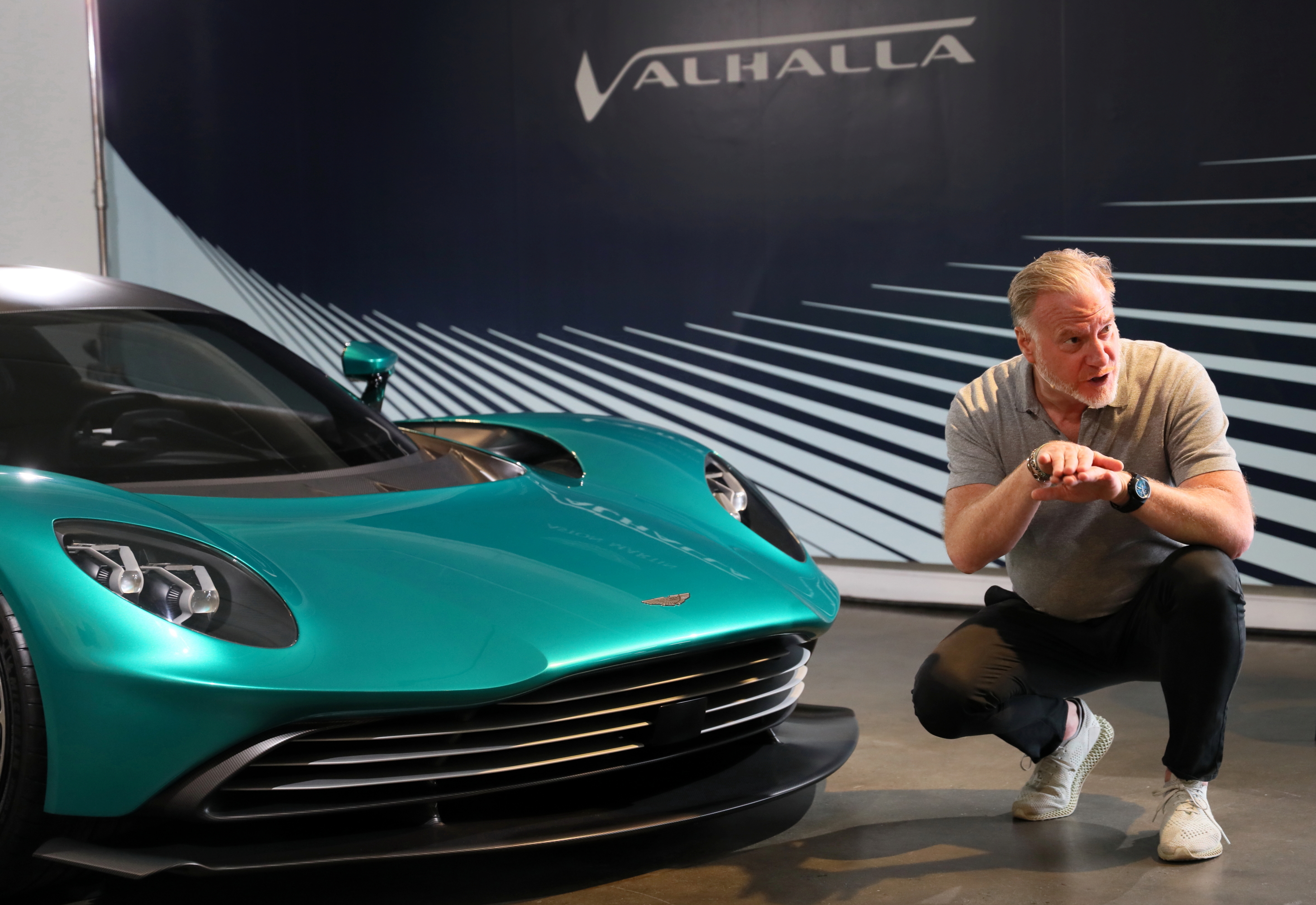
If I showed you the new car and this one and took this one away, you’d think it was exactly the same car. It’s what we call surface intent frozen, the rest of the aero development below the margin line will develop just because of aero improvements that we need to do.
What was Adrian Newey’s exterior design input into Valkyrie, because that car’s form flowed into the first Geneva Show versions of the Valhalla and Vanquish Vision?
Adrian was involved at the very beginning of Valkyrie and then we were contracted with Red Bull Advanced Technologies for his inputs into Valkyrie. From a design perspective, the visual language of the car was my responsibility but Adrian’s responsibility was performance and aerodynamics. A lot of times those paths crossed. It was really about developing the most beautiful car that met all the aerodynamic and performance criteria that Adrian set: weight targets, performance targets, downforce targets etc.
At the end of the day, it’s a partnership and sometimes in partnerships you have a bit of a tussle and one wins one week and the other wins the next week. That’s how Valkyrie developed. It was then our internal learning from that experience that led us to Valhalla and Vanquish Concepts. Adrian’s input was solely on Valkyrie at the beginning of that story.

I have to say that both of us pushing created something very unusual and unique and we took all of that learning into this car [Valhalla] but without his pressure to say, “I want this lighter, I want that smaller, I want this more unique”, at the end of the day Valkyrie is a once in 30 years car, it really is. It’s a magical thing.
I drove it two weeks ago and I’ve lived with it for six years. I’m still blown away every time I drive it. I get out of it and look at it and I’m 6’4” and I look at it and I say “I just fit into that!” That’s the magic of that car.
Some of that transformed into my learning and the Aston Martin Lagonda engineers’ learning about packaging, about how far can you push the boundaries and Valkyrie is extreme.
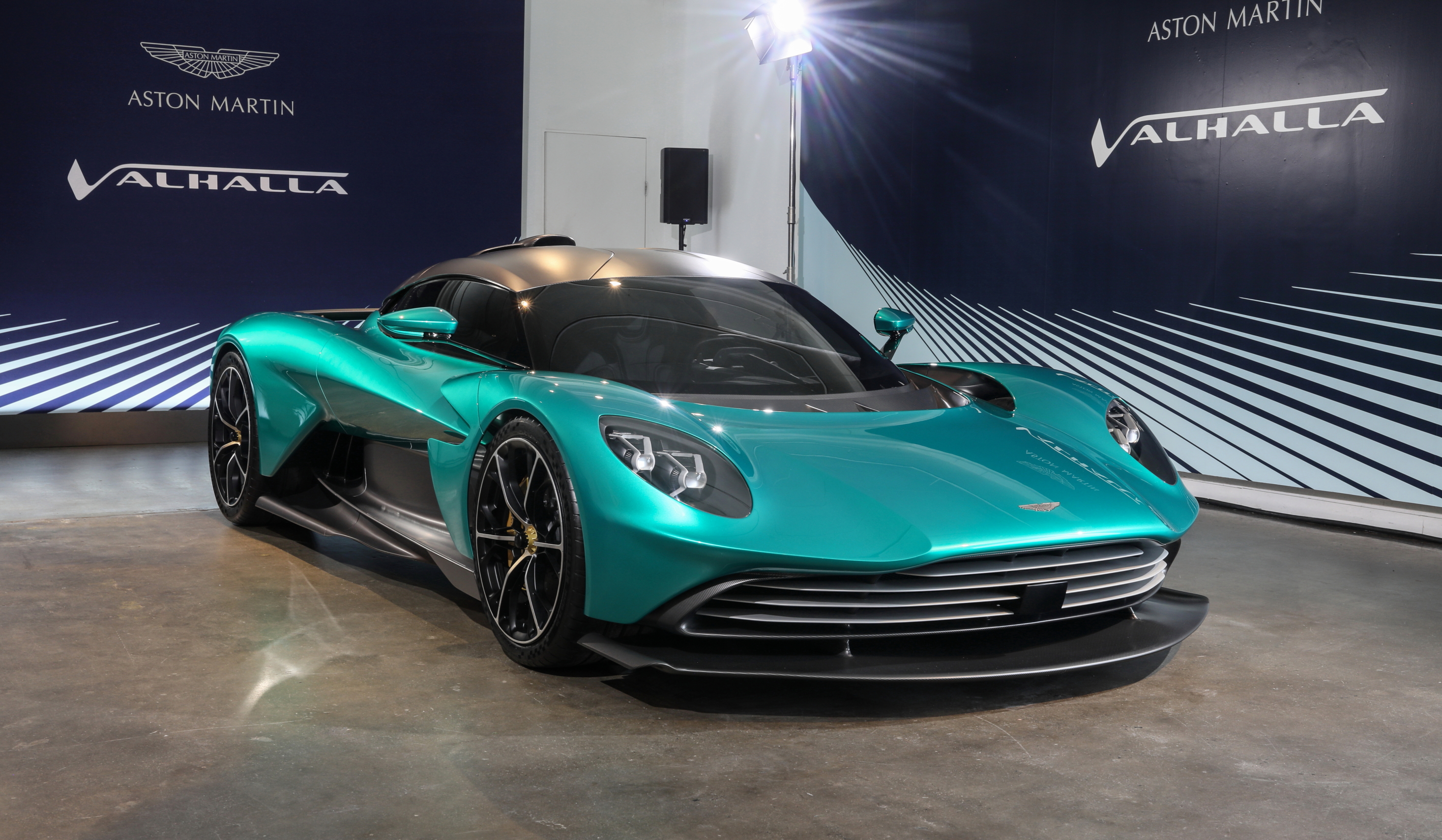
Extreme is a Formula 1 car for the road. The Valkyrie AMR Pro that was running around in Bahrain, the driver wasn’t particularly pushing but it was extremely quick. So as an aerodynamic beast, the Valkyrie is incredible. So that’s extreme and if you pull back from extreme you still have exceptional and exceptional is Valhalla. All of that learning comes from what we were able to achieve with Valkyrie.
Are the diffusers and underbody aero going to be materially functional?
It has to be. It’s about generating the high air pressure to suck the air through. On a performance car like this we’ve stated a target of 6m30s for the Nurburgring which is very fast.
And do you think you’ll hit that?
[pauses, furrows brow] Never say never. It’s a challenge but even at 6m40s we’re still way above everyone else. We set a target of 6m31s or 6m32s and we’ll get as close to it as we possibly can. That’s without the addition of big wings, front splitters etc because you can always go faster the more aero you add. That has to be functional on a car like this. For me as a designer, my history as a designer says that form and function have to go together to create beauty.
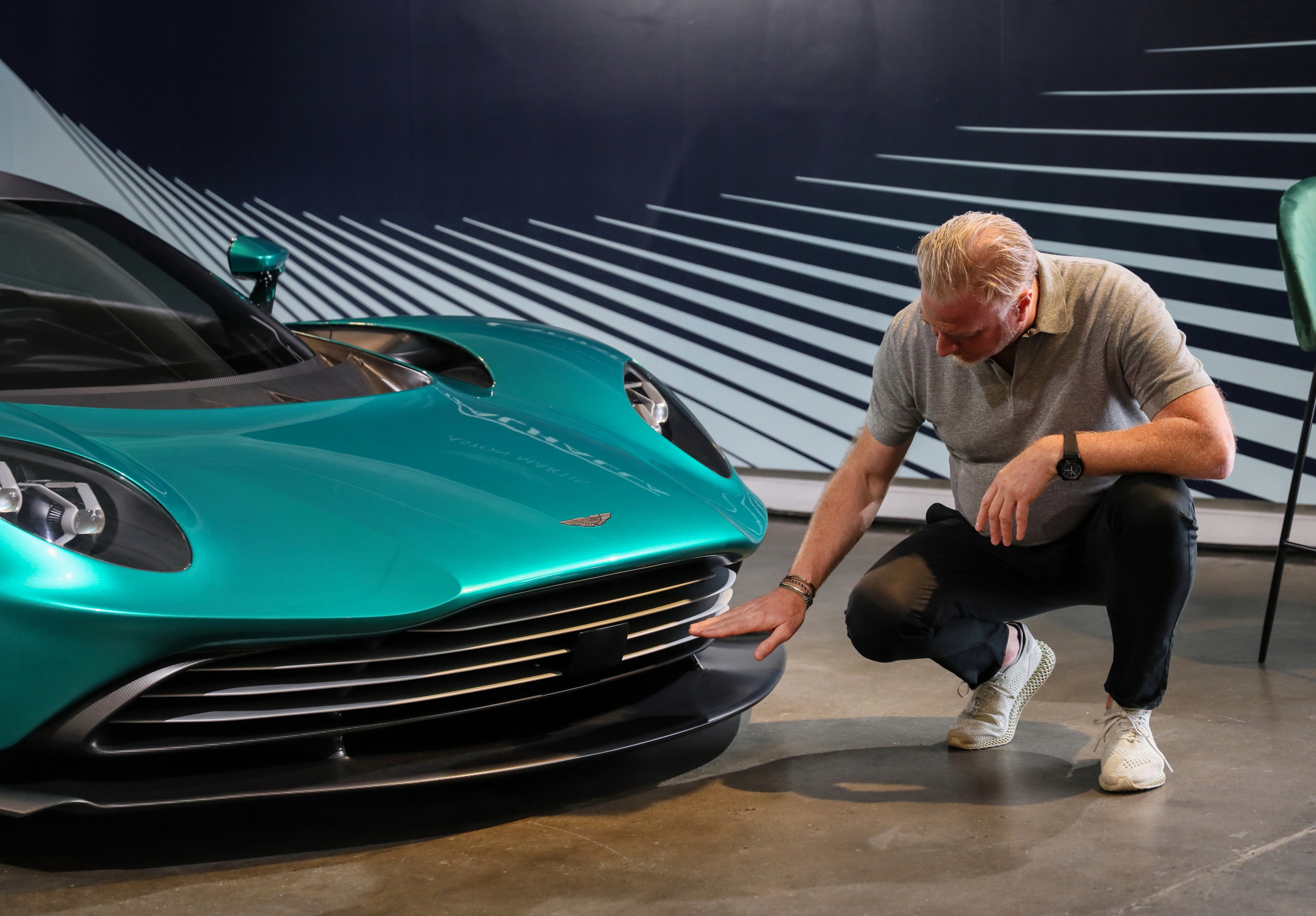
In my past life I was responsible for some Land Rovers and their functionality is so important. Two generations ago Range Rover was my responsibility. Range Rover is now this pinnacle. They are as competent off road as they look comfortable on road so the functionality of those products is so important. So if I was to do a frivolous piece of styling, well, that’s just not me.
If any of my team sketches something that’s a hole which isn’t an air outlet, I’d say “What’s that? Do the aero guys need it? No? Get rid of it.”
Then you can have purity in the surface language of the car and let aero be aero. You’ll notice on this car [Valhalla] and Valkyrie, the green bit, the body coloured bit – there are very, very few outlets, very few additions.
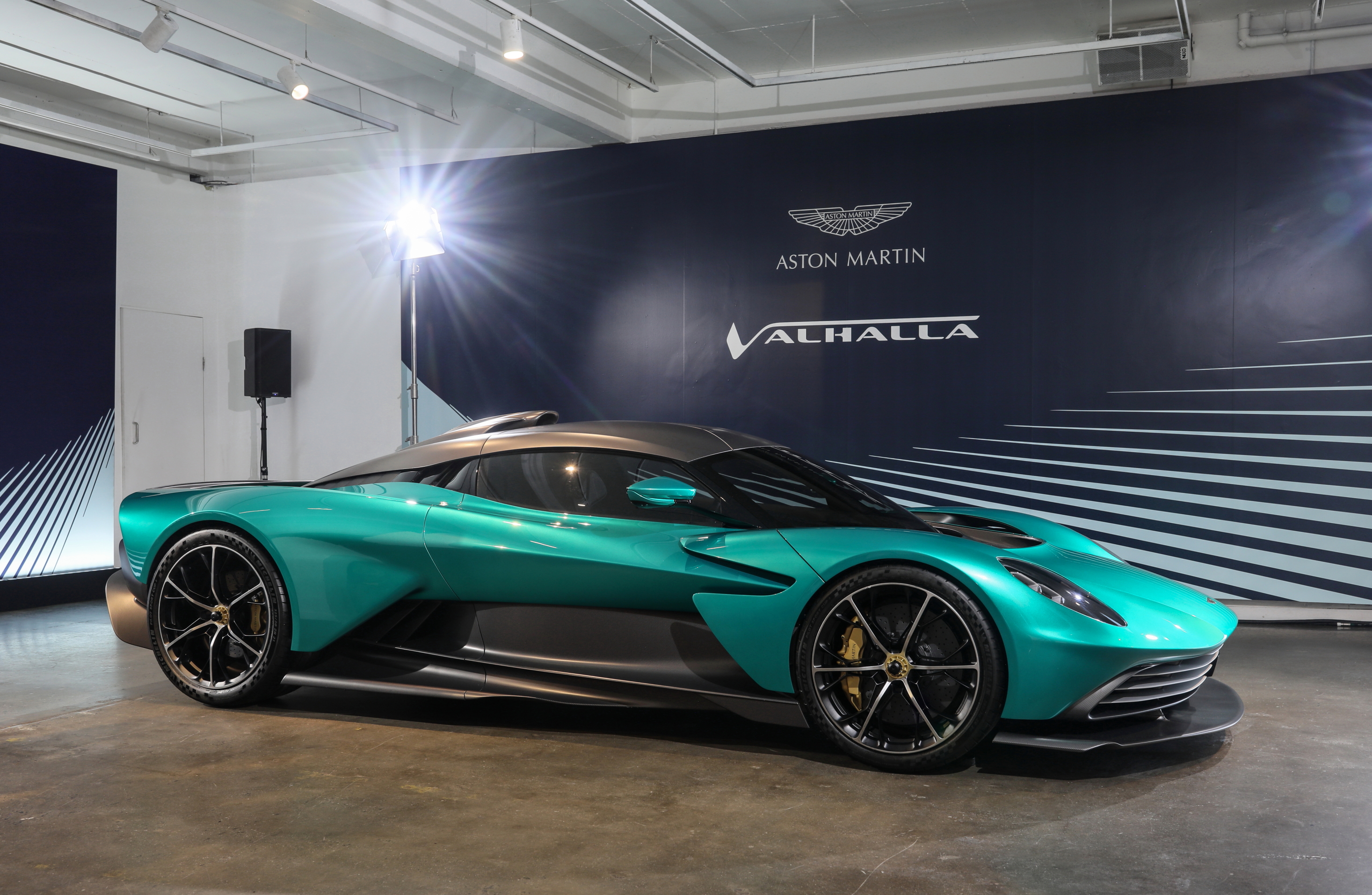
Everything to do with aero is done in the black bit, the carbon bit. It’s exactly the same on Valkyrie because I want the engineering to be embedded into the core of the car and the body to be the beauty. That’s so vital.
Did you want to draw mid-engined shapes throughout your career?
One of the things I’ve learned as a designer is to never wish for something because it never happens. But always be prepared. One of my favourite cars is the Lamborghini Miura and it’s not because it’s a Miura.
It’s my favourite car because of the design, and the Miura and the Countach was the same designer [Marcello Gandini] and when I was growing up I looked at those two cars and said “How can that brain do this incredible sculptural, sensual, sexual shape and then this wedge which has none of that sensitivity. He’s done a wedge.”
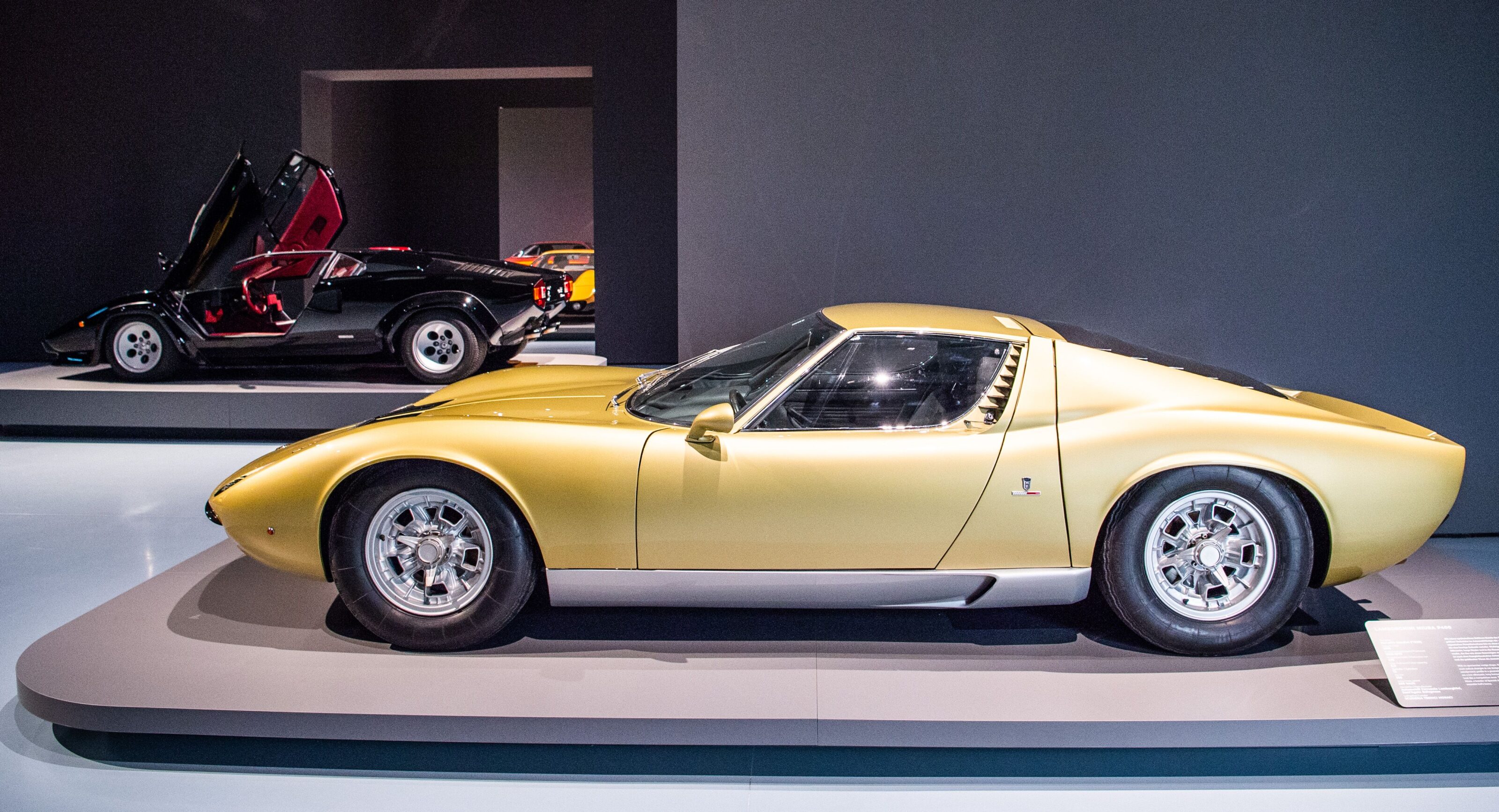
When I was a kid, I wanted to be one of those guys because if your brain can do those two things, what great life you’re going to have.
Peter Robinson tells an interesting story about visiting Giugiaro, who pulled out a drawer in his studio with original sketches of Miura that he claimed was his work. He said that Gandini just did some of the details like the eyelashes.
Yeah, well, no! [laughs] Don’t forget that Giugiaro had his own business so he needed to sell his own business. Nothing against Giugiaro – he’s a genius, absolutely.
We talked about Newey’s involvement in the design process. Was there a third influence in the shape of Tobias Moers?
Tobias came after the Valkyrie, so we were signed, sealed and delivered on that car well before he came along. One of our biggest technical partners is Daimler and the AMG engines.
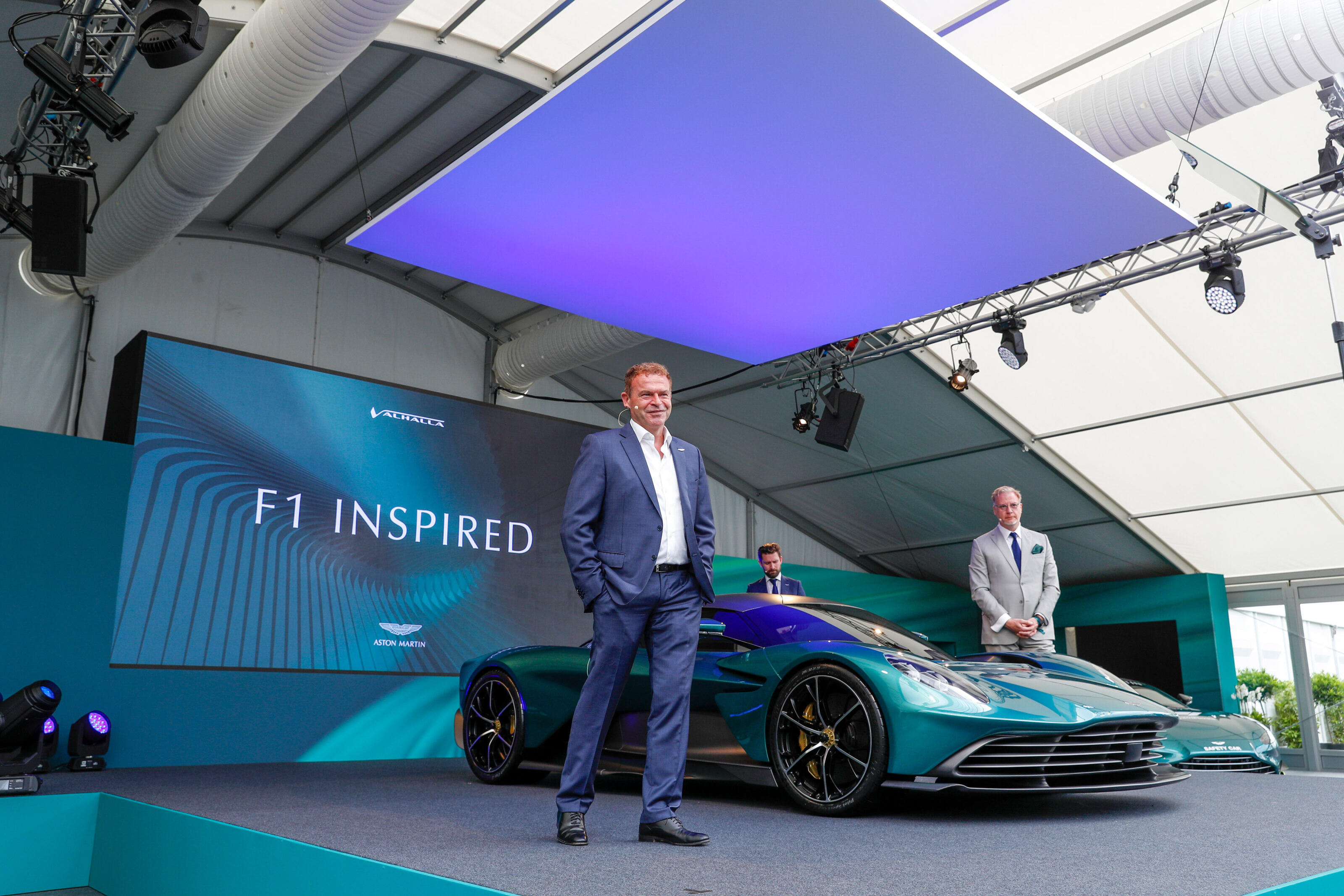
Tobias came from AMG so he knows those engines inside out. With Tobias on board we have more access, just because of his internal knowledge, to the systems we’re using. Before Tobias there were a thousand layers you had to get through to get to that information. Now that information is instantaneous and that means your speed of delivery is better.
Is there a reason we now have 707 horses in a DBX? There you go.


